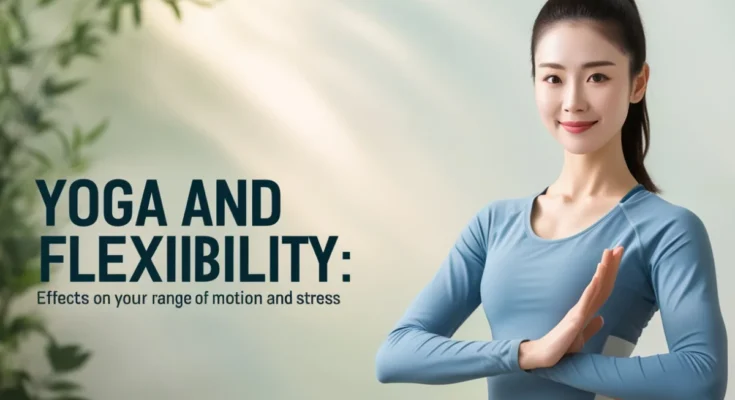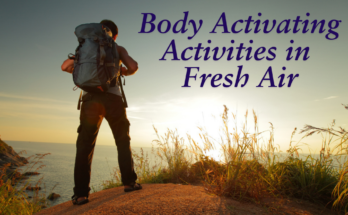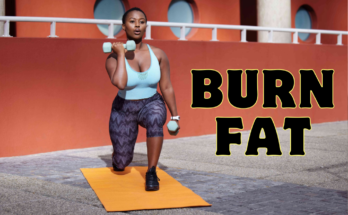Hello People! Do you want to increase your flexibility and get rid of stress from your everyday life? It has, however, gained popularity as a method of boosting flexibility, building up muscles, and as a way of locating a sense of order in a disorderly world. Stretches, poses, and breathing in Yoga provide it with a potent tool to increase the freedom of movement and decrease stress.
If you are a regular Yahoo user or have never tried it, it was written that practicing Yoga brings numerous benefits to physical and mental health.
Let’s dive in!
Table of Contents
Enhancing Range of Motion
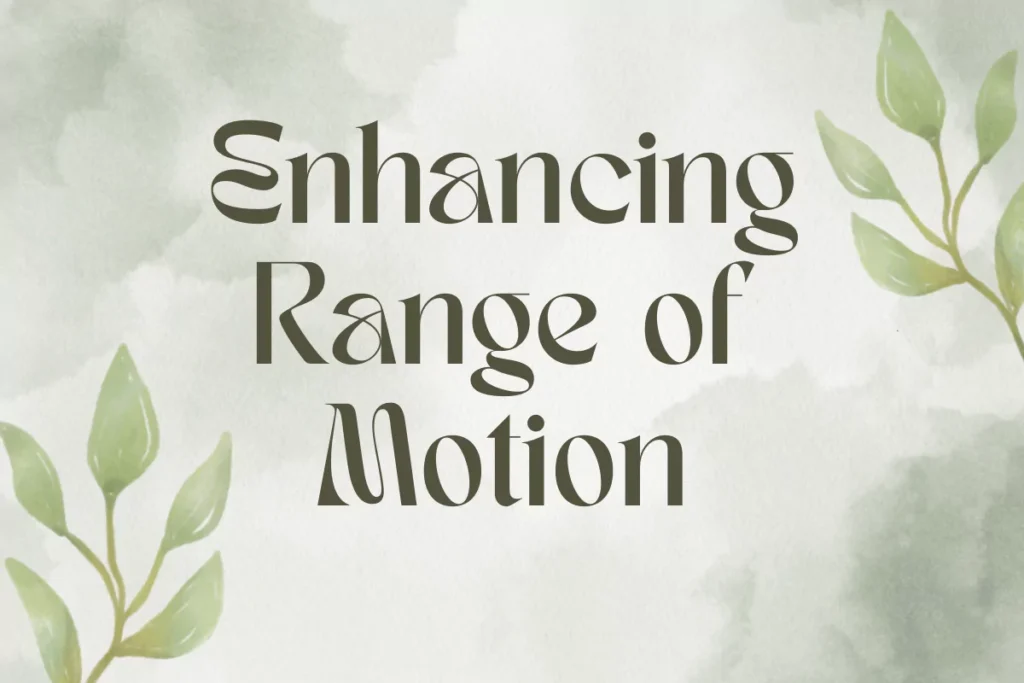
Being flexible is very important when it comes to trying to maintain some form of motion, having a proper posture, and having no chance of being injured. Dynamic stretching and holding certain poses help, over time, make muscles and joints looser. For instance, the Downward Dog or Warrior II postures help to stretch the hamstrings, the calves, and the shoulders appropriately, helping to build strength in all the key muscles of the body as well as assist in flexibility.
Yoga also strengthens other body tissues, such as the ligaments and tendons, if practiced regularly. In addition to avoiding stiffness, it also aids in obtaining a higher range of am maneuverability in performing daily activities.
Moreover, Yoga makes sure that the body warms up gradually – a more effective way of stretching than sudden stretching. This is a plus for athletes and anyone who sits at their desk for most of their working day since many studies have shown that more flexibility reduces the chance of an athlete getting injured.
The Science of Stress Relief
Another important benefit we get from yoga is stress reduction. It is a kind of yogis’ breathing exercise or pranayama, which is the ability needed by the mind to focus. This emphasis, I believe, triggers the parasympathetic nervous system, which is the body’s way of telling itself to relax. The slower deep breathing practices have been shown to reduce cortisol levels, an indicator of stress, and therefore lead to a more relaxed state.
There is also a group of yoga exercises called restorative yoga, which includes poses such as Child’s Pose and Legs-up-the-Wall pose, that are particularly helpful for stress relief due to teaching the muscles of the back, neck, and shoulders to release where tension is often stored. As many tense areas unravel, the act of tying the mind to sleep becomes easier as stress control involves sleep quality.
Starting Your Yoga Practice
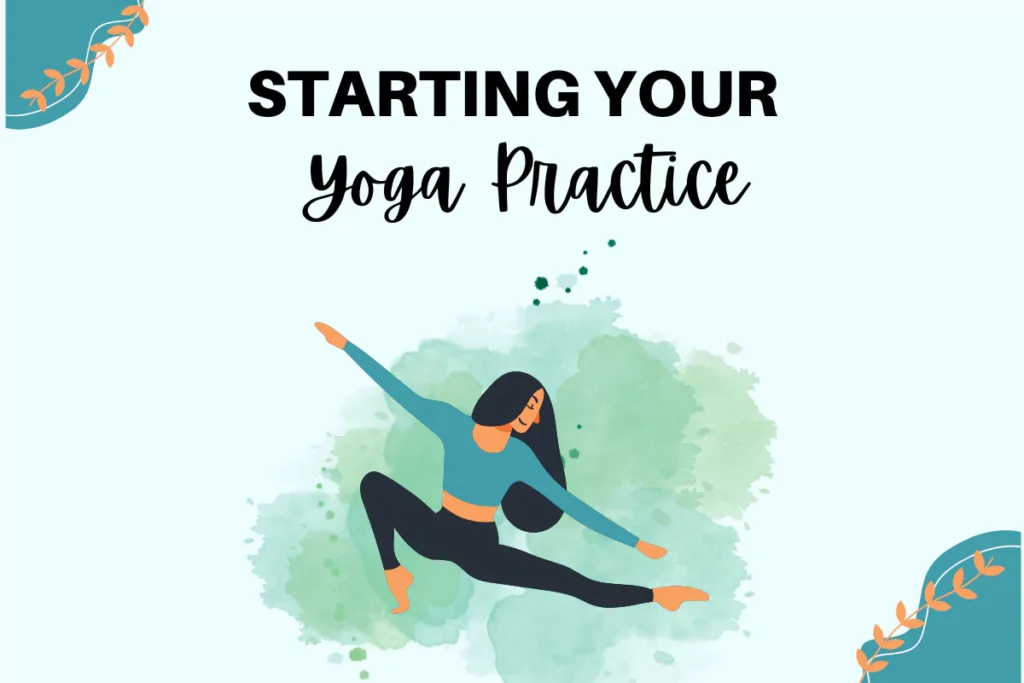
To start practicing yoga for improved flexibility and decreased stress levels, you don’t have to allocate several hours every day. Some as little as five to ten minutes a day can work wonders. Begin with low-impact exercises that engage as many muscle groups as possible; the Cat-Cow pose strengthens the spine and circulatory system, as well as the Seated Forward Fold stretches out the hamstrings and lower back.
Consistency is key. Engaging in yoga thrice to four times a week shows improvement in the range of motion and organizational thinking. Gradually, control over the muscles’ flexibility and position becomes harmonized with the power over thoughts, which results from meditation, and one benefits both the body and the mind.
Final Thoughts
Yoga is not merely a physical workout method that is helpful in reducing weight or getting a perfectly shaped body; it is more than that. Enhancing flexibility finally allows more freedom in movements; as for the mindfulness and breathing practices – they are perfect preventive against stress. Learn to love the practice as a powerful yet subtle tool to strengthen, flex, and transform the body and soul one inhale and exhale at a time.
The following video explains about Starting your Yoga Practice:
Conclusion
Yoga is beneficial as an all-inclusive form of physical exercise and a stress-relieving mechanism. It is a way of intermittently extending muscle and recommending deep breath as a means of enhancing range of motion and a technique of calming the mind.
Yoga practice is a valuable tool for attaining physical and mental health stability and a balanced life because it is an integral part of everyday life.
Yoga practice to improve flexibility and for achieving inner calm – Are you ready?
FAQ
1. Well, is it exercise daily and feel the differences concerning flexibility?
Yoga exercises mean that the flexibility exercises you are going to practice will help you progressively develop your muscular strength as well as balance, flexibility, and good postural status.
2. Is yoga good for back pain?
Consequently, they discovered that in all styles of discomfort, patients taking yoga can reduce lower back pain. As people stand idly in some positions, several muscles in the back have been revealed to have become well-developed since the body is erect.
3. How to do yoga daily?
Yes, from what Mariana considers, one can practice yoga each day, and you should appreciate a number of advantages while practicing yoga on a daily basis.
4. Can one’s level of flexibility really be worked upon?
To an extent, grownups, as well as geriatrics, can gain from stretching and yoga exercises with the aim of improving and enhancing flexibility.

